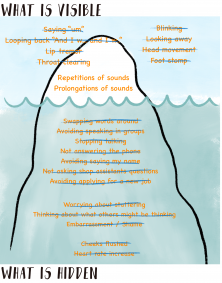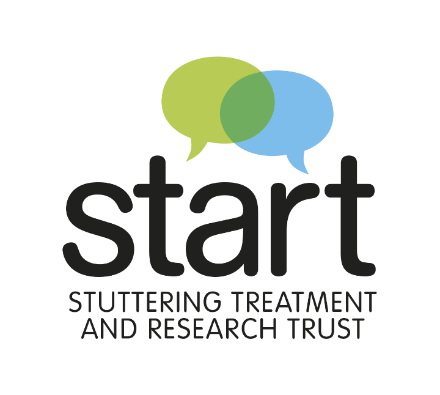Have you heard about Avoidance Reduction Therapy? In this blog, Beth Laurenson, one of our Speech Language Therapists, explains this therapy approach and how it can be used in treating people who stutter.
Avoidance Reduction Therapy for Stuttering (ARTS) is based on the idea that, although stuttering is thought to be a neurological difference, the struggle of stuttering in adulthood is a result of the fear of stuttering. ARTS helps a person to stutter in an easier way, and to embrace their identity as a person who stutters. The purpose of Avoidance Reduction Therapy is just that – to reduce avoidance behaviours, which increase physical struggle and promote negative feelings about speech.
The goal is not stutter-free speech, but for the individual to communicate in an easier way, and to freely participate in any activities they choose, whether they stutter or not. The individual takes on the role of a person who stutters, rather than hiding their stutter. Reported outcomes of ARTS include comfort and efficiency of speaking, confidence, and enjoyment of communication.
The ARTS approach is based on avoidance conflict theory created by Joseph Sheehan (Professor of Psychology) and his wife Vivian Sheehan (Speech Language Pathologist/Therapist). The desire to speak but also the desire to pull back results in additional behaviours, e.g. jaw jerks or closing eyes layered on top of stuttering. This often creates more struggle and intensifies the stuttering, creating “show stoppers” (stutters which last a long time and interrupt the flow of conversation). These often leave the person caught up thinking about the stutter afterwards, resulting in reduced enjoyment of communication. The fear of ‘showing’ stuttering often results in avoidance of words or situations.
ARTS works by removing additional behaviours from the individual’s stutter, leaving the core stuttering behaviours. By removing layers which increase avoidance and struggle, speech becomes easier and more enjoyable.
Here is an example of an individual’s stuttering iceberg, the elements which are removed during ARTS crossed out.

What does ARTS look like?
ARTS is based on each individual’s needs. Weekly assignments are created which work towards easier stuttering, and speaking freely (saying what you want when you want).
Examples of specific goals may be to:
- increase eye contact
- systematically reduce additional movements which occur during stuttering e.g. head/body movements
- decrease word avoidance by putting the stutter where it should be
- speak to a range of different people in different situations (with specific goals in mind e.g. earlier in therapy, answering the phone may be the measure of success, whereas later in therapy answering the phone and stuttering freely without word avoidance may be the measure of success).
ARTS is not a quick fix, and involves facing fears. However, the outcomes promote long term comfort and enjoyment of communication, without using tools or techniques to cover up stuttering. Many people note increases in natural fluency as a by-product of ARTS, as natural fluency often comes to those who do not value it.

